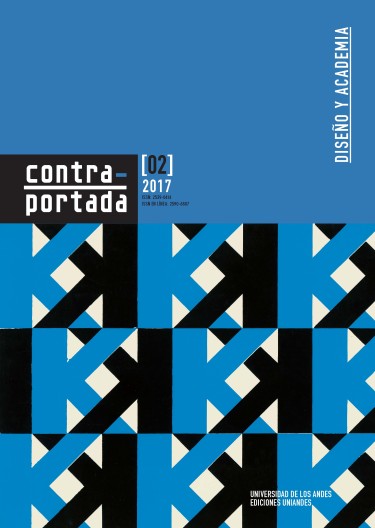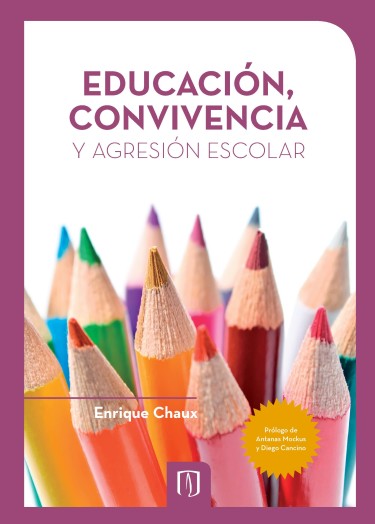Esta publicación reúne las 100 obras más importantes que participaron en la convocatoria para el Concurso Nacional de Fotografía sobre Derechos Humanos , incluyendo las tres que fueron premiadas y las que recibieron menciones de honor. Incluye, además, las tres obras ganadoras del concurso de fotografía que, inspirado en este proyecto, realizó simultáneamente el British Council en el Reino Unido.Por otra parte, el concurso buscaba hacer visible la manera como mujeres y hombres de distintas clases, regiones y oficios conciben y expresan diversas visiones de los derechos humanos. Los textos que acompañan cada imagen corresponden a la opinión y sentimientos expresados por los fotógrafos, en sus propias palabras. Se trata de testimonios elocuentes y directos que se enfrentan al reto de darle sentido a hechos que con frecuencia superan la razón. Cada foto encierra una historia, revela la intención de quien se decide a atrapar un instante de la realidad y formula una invitación directa a todos los lectores para interpretar y reflexionar sobre la imagen.***This publication brings together the 100 most powerful Works that submissions organized the National Human Rights Photography contest , including three which received awards and those that received honourable mentions. It also includes the three winning pieces from the photography contest which, inspired by this project, the British Council conducted simultaneously in the United Kingdom.Additionally, the contest sought to draw attention to the way in which women and men from different economic classes, regions, and professions conceive and express different visions of human rights. The texts that accompany each image correspond to the opinions and sentiments expressed by the photographers themselves, in their own words. They are direct and eloquent statements, which meet the challenge of making sense of facts that are often beyond reason. Each picture contains a story, reveals the intent of the person who decided to catch moment or reality and extends a direct invitation to all readers to interpret and reflect on each image.Justicia a Contraluz, incluyendo las tres que fueron premiadas y las que recibieron menciones de honor. Incluye, además, las tres obras ganadoras del concurso de fotografía que, inspirado en este proyecto, realizó simultáneamente el British Council en el Reino Unido.Por otra parte, el concurso buscaba hacer visible la manera como mujeres y hombres de distintas clases, regiones y oficios conciben y expresan diversas visiones de los derechos humanos. Los textos que acompañan cada imagen corresponden a la opinión y sentimientos expresados por los fotógrafos, en sus propias palabras. Se trata de testimonios elocuentes y directos que se enfrentan al reto de darle sentido a hechos que con frecuencia superan la razón. Cada foto encierra una historia, revela la intención de quien se decide a atrapar un instante de la realidad y formula una invitación directa a todos los lectores para interpretar y reflexionar sobre la imagen.***This publication brings together the 100 most powerful Works that submissions organized the National Human Rights Photography contest , including three which received awards and those that received honourable mentions. It also includes the three winning pieces from the photography contest which, inspired by this project, the British Council conducted simultaneously in the United Kingdom.Additionally, the contest sought to draw attention to the way in which women and men from different economic classes, regions, and professions conceive and express different visions of human rights. The texts that accompany each image correspond to the opinions and sentiments expressed by the photographers themselves, in their own words. They are direct and eloquent statements, which meet the challenge of making sense of facts that are often beyond reason. Each picture contains a story, reveals the intent of the person who decided to catch moment or reality and extends a direct invitation to all readers to interpret and reflect on each image.Por otra parte, el concurso buscaba hacer visible la manera como mujeres y hombres de distintas clases, regiones y oficios conciben y expresan diversas visiones de los derechos humanos. Los textos que acompañan cada imagen corresponden a la opinión y sentimientos expresados por los fotógrafos, en sus propias palabras. Se trata de testimonios elocuentes y directos que se enfrentan al reto de darle sentido a hechos que con frecuencia superan la razón. Cada foto encierra una historia, revela la intención de quien se decide a atrapar un instante de la realidad y formula una invitación directa a todos los lectores para interpretar y reflexionar sobre la imagen.***This publication brings together the 100 most powerful Works that submissions organized the National Human Rights Photography contest , including three which received awards and those that received honourable mentions. It also includes the three winning pieces from the photography contest which, inspired by this project, the British Council conducted simultaneously in the United Kingdom.Additionally, the contest sought to draw attention to the way in which women and men from different economic classes, regions, and professions conceive and express different visions of human rights. The texts that accompany each image correspond to the opinions and sentiments expressed by the photographers themselves, in their own words. They are direct and eloquent statements, which meet the challenge of making sense of facts that are often beyond reason. Each picture contains a story, reveals the intent of the person who decided to catch moment or reality and extends a direct invitation to all readers to interpret and reflect on each image.***This publication brings together the 100 most powerful Works that submissions organized the National Human Rights Photography contest , including three which received awards and those that received honourable mentions. It also includes the three winning pieces from the photography contest which, inspired by this project, the British Council conducted simultaneously in the United Kingdom.Additionally, the contest sought to draw attention to the way in which women and men from different economic classes, regions, and professions conceive and express different visions of human rights. The texts that accompany each image correspond to the opinions and sentiments expressed by the photographers themselves, in their own words. They are direct and eloquent statements, which meet the challenge of making sense of facts that are often beyond reason. Each picture contains a story, reveals the intent of the person who decided to catch moment or reality and extends a direct invitation to all readers to interpret and reflect on each image.This publication brings together the 100 most powerful Works that submissions organized the National Human Rights Photography contest , including three which received awards and those that received honourable mentions. It also includes the three winning pieces from the photography contest which, inspired by this project, the British Council conducted simultaneously in the United Kingdom.Additionally, the contest sought to draw attention to the way in which women and men from different economic classes, regions, and professions conceive and express different visions of human rights. The texts that accompany each image correspond to the opinions and sentiments expressed by the photographers themselves, in their own words. They are direct and eloquent statements, which meet the challenge of making sense of facts that are often beyond reason. Each picture contains a story, reveals the intent of the person who decided to catch moment or reality and extends a direct invitation to all readers to interpret and reflect on each image.Justicia a Contraluz, including three which received awards and those that received honourable mentions. It also includes the three winning pieces from the photography contest which, inspired by this project, the British Council conducted simultaneously in the United Kingdom.Additionally, the contest sought to draw attention to the way in which women and men from different economic classes, regions, and professions conceive and express different visions of human rights. The texts that accompany each image correspond to the opinions and sentiments expressed by the photographers themselves, in their own words. They are direct and eloquent statements, which meet the challenge of making sense of facts that are often beyond reason. Each picture contains a story, reveals the intent of the person who decided to catch moment or reality and extends a direct invitation to all readers to interpret and reflect on each image.Additionally, the contest sought to draw attention to the way in which women and men from different economic classes, regions, and professions conceive and express different visions of human rights. The texts that accompany each image correspond to the opinions and sentiments expressed by the photographers themselves, in their own words. They are direct and eloquent statements, which meet the challenge of making sense of facts that are often beyond reason. Each picture contains a story, reveals the intent of the person who decided to catch moment or reality and extends a direct invitation to all readers to interpret and reflect on each image.









